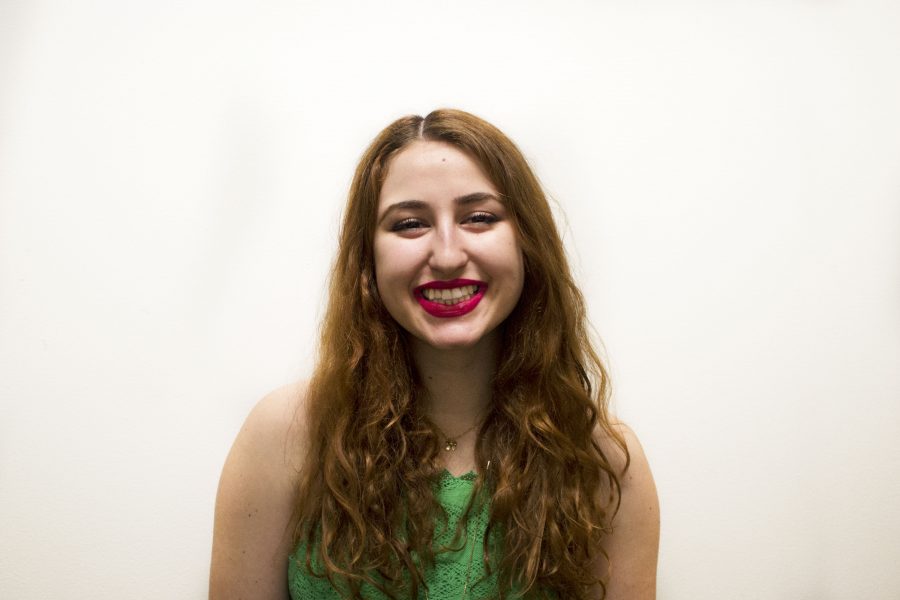Oscars Are Still Problematic
February 27, 2017
Last year’s Oscar nominations made waves with their abundance of lily-white nominees, garnering so much backlash and embarrassment that the hashtag #OscarsSoWhite went viral. It was the second year in a row the Academy nominated zero people of color, despite the hope that the Academy’s black president, Cheryl Boone Isaacs, would push for diversity.
Just one year ago, the Academy had around 6,000 members, of which three out of every four were men and nine out of every 10 were white. These statistics do not accurately represent the movie-frequenting population — minorities accounted for over half of ticket sales in 2016. Boone Isaacs worked to promote inclusion in this upcoming awards season by reducing Academy membership from lifelong to 10 years, suspending voting rights for members not currently working on a project and adding 638 new members. You can guess that these new additions are a far more diverse bunch.
These changes proved fruitful this year at the 89th Academy Awards, where diversity finally received more recognition with minorities representing seven out of 20 performance nominees. Additionally, four of the nine nominees for best picture tell stories featuring minorities. These films are covering ground by leaps and bounds, with “Hidden Figures” intersecting black rights and feminism and “Moonlight” intersecting black and LGBTQ communities. Seizing this opportunity to showcase #BlackExcellence and #MinorityExcellence has never been more pressing than in our current political climate. U.S. congressman Steve King’s recent questioning of whether non-white “subgroups” are contributing to our society is indicative of the struggles people of color still face.
Although the Oscars made progress this year, some groups remain underrepresented and nearly invisible on the list of nominations: Asians, Latinx and LGBT. Even in 2017, there are no Latinx actors, directors or films nominated. As for Asian nominations, “Lion” is a singular beacon shining through the absence of a group that comprises 5.6 percent of the U.S. population. The same can be said for “Moonlight” and LGBT.
The Oscars are not the only guilty party — all of Hollywood can shoulder the blame. According to a study performed by the University of Southern California’s Annenberg School for Communication and Journalism, only 28.3 percent of actors with speaking roles in the movies assessed by the study were non-white, two percent were LGBT. and 37.1 percent were female. None of these statistics are representative of the enormously diverse world we live in, nor do they further the 21st-century ideal of equal opportunity. Instead, they perpetuate the ideals of President Donald Trump’s vision for America, which is a detriment to the art world.
While the Oscars may be more diverse this year, this change is only in comparison to the award show’s white-washed past. The Oscars and Hollywood as a whole still have a long journey ahead before they can call themselves truly representative of a beautifully diverse population.
Opinions expressed on the editorial pages are not necessarily those of WSN, and our publication of opinions is not an endorsement of them.
A version of this article appeared in the Monday, Feb. 27 print edition. Email Drew Lederman at [email protected].



























































































































































